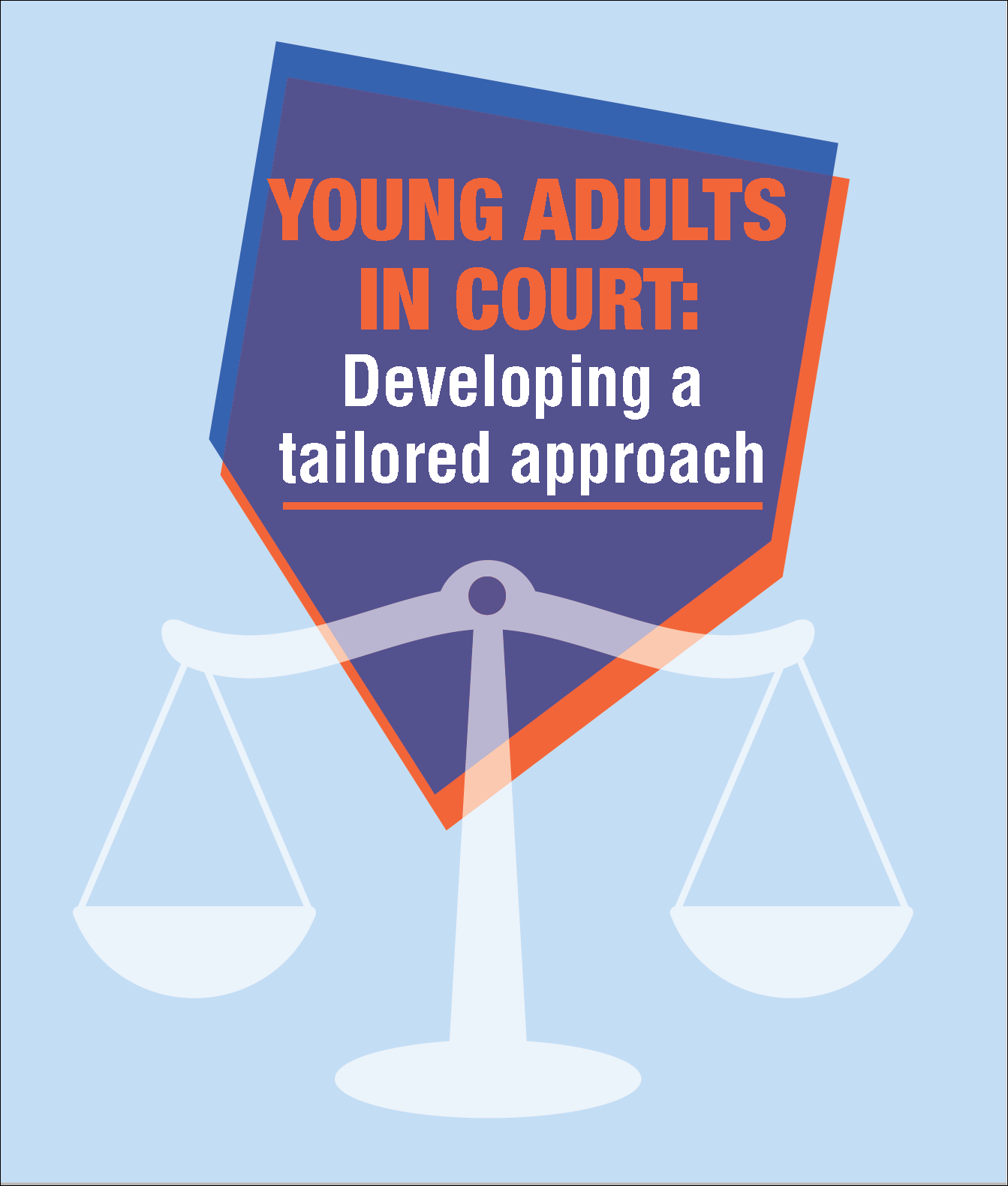A tailored approach
Just before Christmas (17 December 2015) the Centre for Justice Innovation published a new report for the Transition to Adulthood Alliance (T2A): Young adults in court: developing a tailored approach.
T2A is a coalition of criminal justice, health and youth organisations which has helped to establish a growing consensus that criminal justice system responses to the behaviour of young adults should reflect their variable developmental maturity and make allowances for their specific age-related needs.
Two key aspects of justice system practice in England and Wales have changed in recent years : adult sentencing decisions have, since 2011, included maturity as a mitigating factor; and from 2013, the Crown Prosecution Service began taking maturity into account as part of its public interest test.
However, the allocation of people within the court system continues to be driven purely by the chronological age of the defendant.
[divider]
Principles
The report advocates four principles why a tailored court process would make for fairer outcomes for young adults appearing in magistrates’ courts:
- A research consensus suggests that developmental maturity should be taken into account throughout the criminal justice system. The standard adult court process produces a number of barriers to understanding and engagement for young adults. Use of complex and technical language, a formal and intimidating setting, and a process that is difficult to follow, contribute to an experience which is often bewildering for the young people involved.
- There is now clear evidence that how decisions in court are made and how the process feels to participants (a concept known as procedural fairness) can be as important as the sentence itself to young people’s perceptions. A number of studies have
demonstrated that defendants reporting a high level of procedural fairness are more likely to comply with court orders, to perceive laws and legal institutions as legitimate, and to obey the law in the future. - Procedural fairness matters for all, but is particularly important to young people. Variation in maturity is not only directly related to offending, but also to the ability to understand the justice system and therefore to comply with court orders.
- Existing youth courts embody significant procedurally fair practices not currently present in adult court, such as increased engagement and measures to aid participants’ understanding of proceedings.

Key features
These four principles lead on to recommendations for a young adult court process with five defining features:
- specialist listings for young adults
- specialist judges and magistrates presiding over the hearings
- family involvement at court
- adapting procedurally fair courtroom language and communication, that is already practised in youth court
- an adapted courtroom environment more conducive to engagement.
[divider]
Putting a young adult court into practice
One of the strongest elements of this report is that it suggests a straightforward approach for piloting a young adults court which would not necessarily require a great need of financial investment.
Essentially it would require magistrates (preferably with youth court experience) sitting in either a small magistrates’ court or adapted youth court following the key principles set out above.
There are a number of professionals in different agencies within the criminal justice system who are persuaded of the merits of this young adult approach. It also fits well with the principles of fairness that Justice Secretary Michael Gove has espoused in many of his recent speeches.
It will be interesting to see whether this report will generate sufficient interest for a pilot in 2016.








